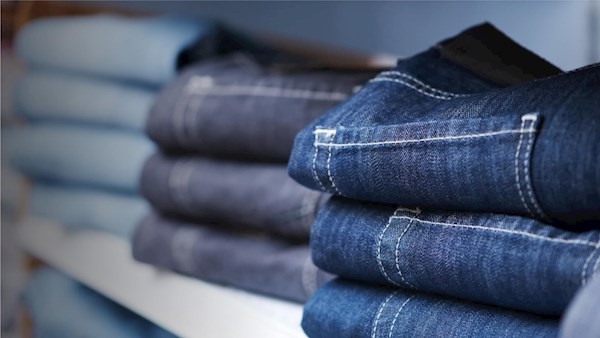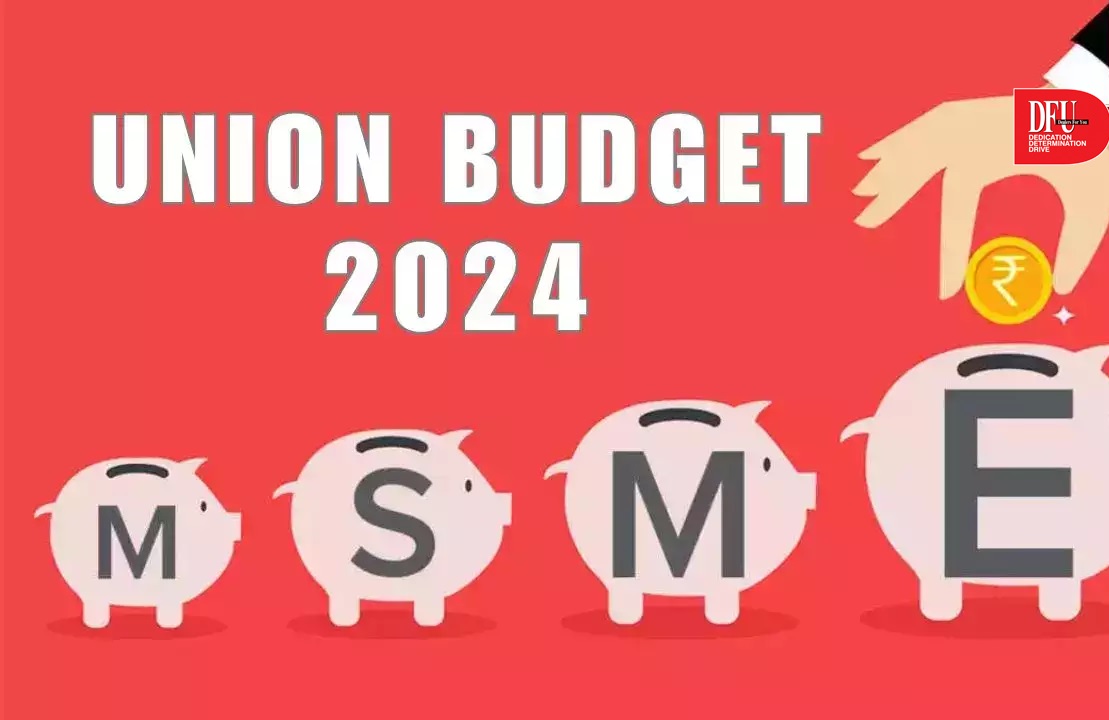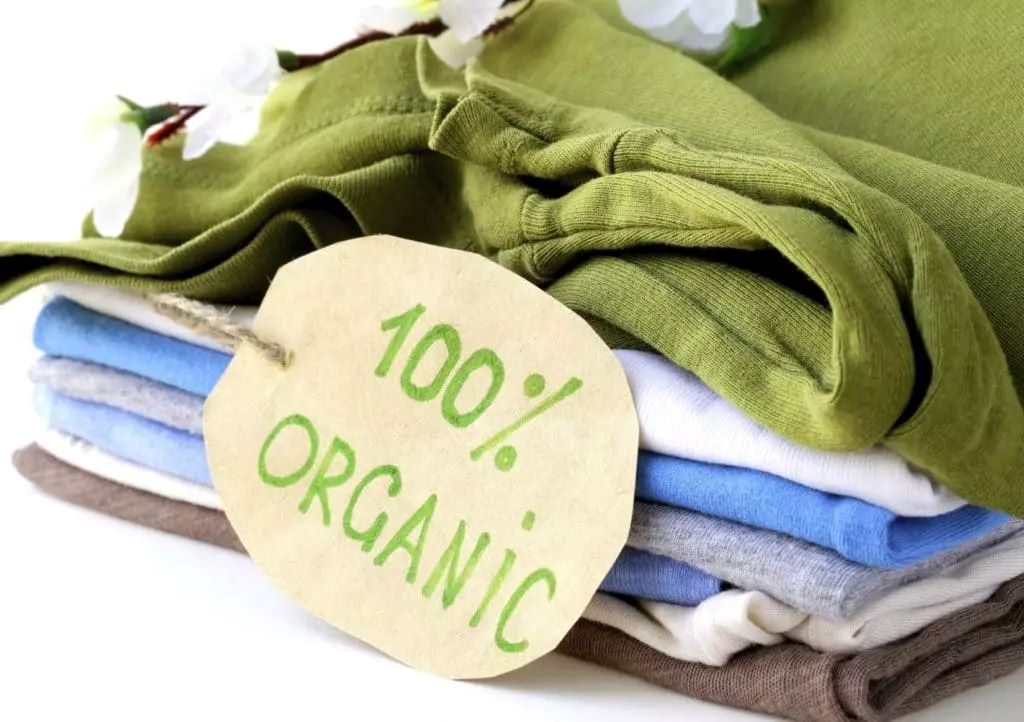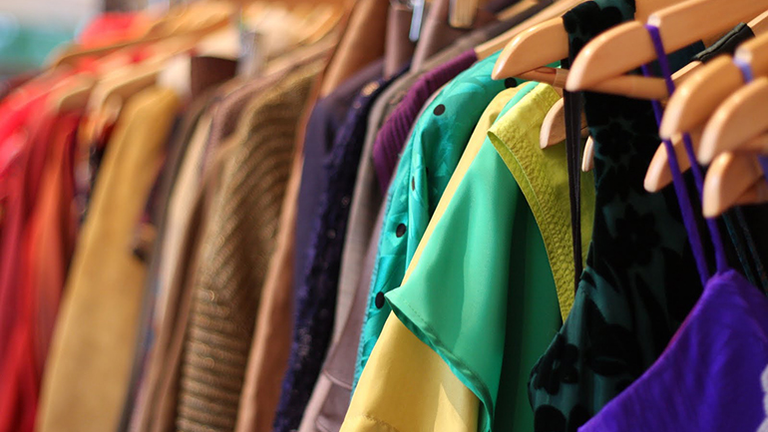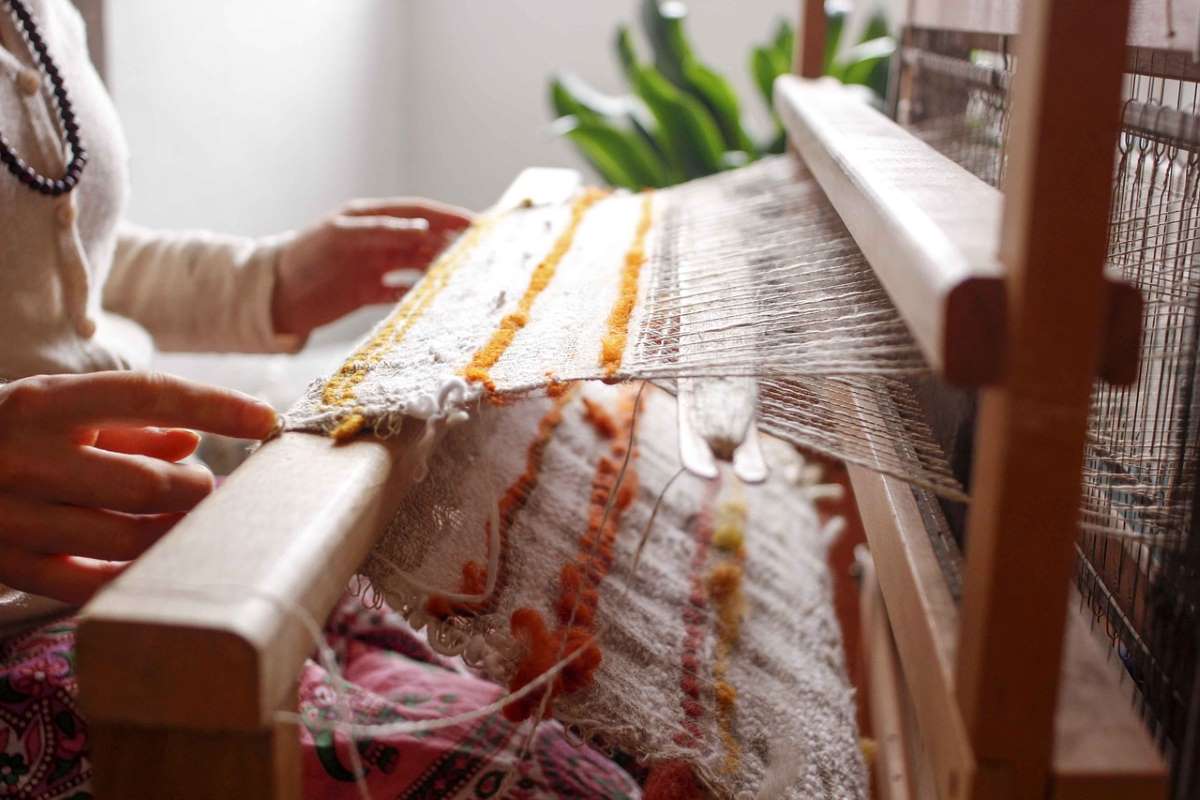
As the third-largest global textile manufacturer, Indian textile segment has always played a pivotal role in global textile production and is currently targeting $250 billion milestone by 2030. The industry is one of the largest sources of employment generation with over 27 million women employees. Technical textiles are a new high-tech segment that holds a lot of promise for global exports.
Analysts say rapid industrialization in developed countries and high-tech fabric production will help global segment to grow from $723 billion in 2023 to $859 billion by 2028, at a CAGR of 3.52 per cent. Both natural fiber composites obtained from plants and animals like cotton, silk, linen, wool and hemp along with conventional fibers are finding extensive application in global textile production, automotive industry for interior and exterior use as well as the pharmaceutical industry. With growing usage, technical textiles segment is set to lead sector growth with a projected CAGR of 15 per cent.
Improved GDP boosts textile growth
A recent Confederation of Indian Industries (CII) report “Decadal Outlook for Textile Industry: Threads of Transformation for Textile Industry” tabled at the recent Texfuture 2023 conference, highlights many important aspects of the textile industry. It predicts the contribution of textiles industry to the GDP will more than double from 2.3 per cent to about 5 per cent by 2030. Even the Gross Value Added (GVA) is expected foresee consistent annual growth of 9 per cent from 2021 to 2028.
In Maharashtra, the launch of ‘Textiles Policy 2023-28’ is a big step in its progressive journey as it has an ambitious goal of attracting global investments worth Rs 25,000 crore along with creating jobs for over 5 lakh people in the state, especially women. India is currently among the top five global exporters across categories viz, natural fibers, MMF, spun yarn, filament yarn, woven fabric, and home textiles. Both the central and state governments have launched some progressive industry-specific schemes that showcase India’s technological strides and commitment to sustainability.
Various schemes and incentives have been introduced aimed at promoting the sector, such as the Amended Technology Upgradation Fund Scheme (ATUFS), Production-Linked Incentive (PLI) Scheme for man-made fibers and technical textiles, National Technical Textile Mission, PM MITRA scheme. These initiatives have not only provided financial assistance but also encouraged investments in modern technology and infrastructure, thereby improving overall competitiveness, explains Devroop Dhar, Co-Founder, Managing Director of Primus Partners.
Need to overcome hidden challenges
Many challenges lie ahead for the government to positively drive the textile sector’s growth. The main challenge lies in the industry’s supply chain that largely comprises of MSMEs and is thus highly fragmented, which results in suboptimal coordination and resource utilization. Quality training programs are not enough as just 5 per cent of the sector is organized whereas the unorganized sector is still relies on traditional methods due to financial constraints lack of knowledge. Too much reliance on traditional labor-intensive technologies hinders progress and the need of the hour is to include modern technologies to cash in on the textile industry’s immense export potential. Sustainability and circularity in the textile segment and new segments such as technical textiles will together improve the brand image of Indian textiles and spur growth.


